Music as Medicine: A contemplation on the healing powers of Psychedelia and World music
There exists three separate, but equally
important aspects of being; the mind, body and spirit. And in each of these
elements there lies the potential for an elevated state of being through the
enrichment of music. Indian culture recognizes the extraordinary and very
important potential behind the subtle nuances of music in this trilateral
relationship. The emotive and complex ragas are a testament to the
transcendence and healing response it can evoke in the listener. Every part of
an ensemble contributes to a unified whole; a meditative release for the mind,
a tensive shedding for the body and a transcendence for the soul. There is no
room for conceit or overindulgence in a composition, for it would be considered
damaging to its inherent nature and purpose. Compositions are as delicate as a
flower in its spring bloom. They can be incredibly simple in their structure,
but it is with the musicians and their unspoken extrasensory understanding that
the truly mythical nuances lie, and precisely why such appreciation and pride
is taken in musicianship within India. Now apply India’s time-old musical
customs to the lightning fast advancements of the 20th century, introduce the
music of the East to the music of the West, and neither culture would ever
exist in the same way.
important aspects of being; the mind, body and spirit. And in each of these
elements there lies the potential for an elevated state of being through the
enrichment of music. Indian culture recognizes the extraordinary and very
important potential behind the subtle nuances of music in this trilateral
relationship. The emotive and complex ragas are a testament to the
transcendence and healing response it can evoke in the listener. Every part of
an ensemble contributes to a unified whole; a meditative release for the mind,
a tensive shedding for the body and a transcendence for the soul. There is no
room for conceit or overindulgence in a composition, for it would be considered
damaging to its inherent nature and purpose. Compositions are as delicate as a
flower in its spring bloom. They can be incredibly simple in their structure,
but it is with the musicians and their unspoken extrasensory understanding that
the truly mythical nuances lie, and precisely why such appreciation and pride
is taken in musicianship within India. Now apply India’s time-old musical
customs to the lightning fast advancements of the 20th century, introduce the
music of the East to the music of the West, and neither culture would ever
exist in the same way.
 I’ve always had a mad hunger to experience
I’ve always had a mad hunger to experiencethings, just as Kerouac valued in his classic novel, “mad to live, mad to talk,
mad to be saved, desirous of everything at the same time.” And even when the
opportunity to manifest these urges isn’t readily at my fingertips, it’s in my
experience that it can be boldly experienced through the artistic bloodletting
of music. Every strum of the guitar, beat of the drum or stroke of the piano is
an expression leading your mind to busy streets or barren wastelands, sometimes
transporting you all within the span of seconds. Music has always been an
integral therapeutic device of mine when it’s come to reaching for a better
state of mind. The rhythm of the music is bound to the pulse of the earth; the
heartbeat emanates from the ground up in all 360 degrees. The mad desert
caravan drum beats of Guy Blakeslee’s “Valium Blues” will echo straight through
the earth’s crust and core to the heart of the Sahara where visions of mad
adventure and grandeur intoxicate the mind and body. It’s the poor man’s travel
agent, health insurance, doctor, therapist; call it what you will, I call it
medicine.
It
was with Ravi Shankar’s family history that we have to owe much of our embrace
in the realm of world music, and its small sublet, “Psychedelia.” He toured
Europe among dance and musical groups with his siblings at a very young age. He
became acquainted with numerous traditional Indian instruments as well as
taking to Western influences such as Classical, Jazz and cinema. He was forced to
resign from dancing, and return home, yet the influence of the West had not
dissipated. He took up study in Indian Classical under the rigorous teachings
of Allauddin Khan in the traditional gurukul system (Ramchandani). It was with
his chance introduction to Western violinist Yehudi Menuhin, and a series of
consequential differences that Ravi would be convinced to return to the UK to
perform and educate for audiences in the late 50’s. He recorded an LP in London
titled “Three Ragas” in 1956, and began to garner attention for Indian
Classical. It wasn’t until the 60’s that the fire burned hot for a change in
the musical landscape.
was with Ravi Shankar’s family history that we have to owe much of our embrace
in the realm of world music, and its small sublet, “Psychedelia.” He toured
Europe among dance and musical groups with his siblings at a very young age. He
became acquainted with numerous traditional Indian instruments as well as
taking to Western influences such as Classical, Jazz and cinema. He was forced to
resign from dancing, and return home, yet the influence of the West had not
dissipated. He took up study in Indian Classical under the rigorous teachings
of Allauddin Khan in the traditional gurukul system (Ramchandani). It was with
his chance introduction to Western violinist Yehudi Menuhin, and a series of
consequential differences that Ravi would be convinced to return to the UK to
perform and educate for audiences in the late 50’s. He recorded an LP in London
titled “Three Ragas” in 1956, and began to garner attention for Indian
Classical. It wasn’t until the 60’s that the fire burned hot for a change in
the musical landscape.
There are two figures I give enormous
credit to. Without their mad hunger for everything on this green earth at once
we wouldn’t have apparitions of Vishnu and Krishna channeled through the sitar
plucking of “Love You Too” or the brittle beauty in the pained bent strings of
the wayfaring “No Expectations.” George Harrison took up the Sitar, and with
that he forged together two realms of existence as one; he brought the east to
the west. He and Brian Jones were both men, mad to live, and constantly
famished, but the paths they walked were very different, and very much defined
their places in musical history; they outlined all essential aspects when
concerning our “Psychedelia.”
credit to. Without their mad hunger for everything on this green earth at once
we wouldn’t have apparitions of Vishnu and Krishna channeled through the sitar
plucking of “Love You Too” or the brittle beauty in the pained bent strings of
the wayfaring “No Expectations.” George Harrison took up the Sitar, and with
that he forged together two realms of existence as one; he brought the east to
the west. He and Brian Jones were both men, mad to live, and constantly
famished, but the paths they walked were very different, and very much defined
their places in musical history; they outlined all essential aspects when
concerning our “Psychedelia.”
Their mission was to be taken to another
time and place through their instruments. George, Brian, and their respective
bands mingled with the same relative influences, so once the neighborhood
friendly Beatles and diabolical Rolling Stones hit the states they were no
exception to the excesses of the fast lane. It’s hard to justify the means by
which their inspiration for grander sounds was unlocked, but let’s face it; man
has never been a stranger to drugs as a means of escape or even enlightenment.
Peyote is testament to that. They found themselves ensnared by the drug frenzy
of the sixties, which no doubt opened their eyes to an eternity. George was
left empty by the vacuum of this culture his music was creating; sounds of
enlightenment for deaf, ignorant ears. He continued onward with his investment
in the sounds and ideas of the world, but it was no longer his gift to the
world, it was a personal self-fulfilling affair that he rather allowed us into.
He was never afraid of investigating the great unknown, and what he developed
was a medicine for the mind that knows no bounds as long as mankind continues
on as a species capable of abstract, complex thought.
time and place through their instruments. George, Brian, and their respective
bands mingled with the same relative influences, so once the neighborhood
friendly Beatles and diabolical Rolling Stones hit the states they were no
exception to the excesses of the fast lane. It’s hard to justify the means by
which their inspiration for grander sounds was unlocked, but let’s face it; man
has never been a stranger to drugs as a means of escape or even enlightenment.
Peyote is testament to that. They found themselves ensnared by the drug frenzy
of the sixties, which no doubt opened their eyes to an eternity. George was
left empty by the vacuum of this culture his music was creating; sounds of
enlightenment for deaf, ignorant ears. He continued onward with his investment
in the sounds and ideas of the world, but it was no longer his gift to the
world, it was a personal self-fulfilling affair that he rather allowed us into.
He was never afraid of investigating the great unknown, and what he developed
was a medicine for the mind that knows no bounds as long as mankind continues
on as a species capable of abstract, complex thought.
Brian Jones’ legacy is far less motivating.
His ambition was enormous, but consumed by excess. His path tells the better
known story of what the world knows as Psychedelia. Without his influence the
landscape of Rock and Roll, and its predecessors like Blues and Country
wouldn’t be nearly as ambitious or fulfilled by a thousand miles, but the
tragedy lies in the human condition, and no amount of enlightenment could steer
him from the spectacle of being a rich artist without limits. Like Jones, the
excess took many brilliant minds, and muddled the very point behind this new
exploration in the curative powers of music. It’s given some very credible
artists a very bad name by mere association, and it’s precisely why the Kraut
Rock movement coined their motto “music is the drug” for disassociation. It
would be very easy to dismiss the quite impressive artistic merit, and label a
nineteen minute track of droned out instruments as druggy-rock. It all stems
from, and attempts to lead straight back to the original curative properties
that our Psychedelia was bred for.
His ambition was enormous, but consumed by excess. His path tells the better
known story of what the world knows as Psychedelia. Without his influence the
landscape of Rock and Roll, and its predecessors like Blues and Country
wouldn’t be nearly as ambitious or fulfilled by a thousand miles, but the
tragedy lies in the human condition, and no amount of enlightenment could steer
him from the spectacle of being a rich artist without limits. Like Jones, the
excess took many brilliant minds, and muddled the very point behind this new
exploration in the curative powers of music. It’s given some very credible
artists a very bad name by mere association, and it’s precisely why the Kraut
Rock movement coined their motto “music is the drug” for disassociation. It
would be very easy to dismiss the quite impressive artistic merit, and label a
nineteen minute track of droned out instruments as druggy-rock. It all stems
from, and attempts to lead straight back to the original curative properties
that our Psychedelia was bred for.
It’s thanks to the friendship between Ravi
and George that a massive scale cross-pollination of music erupted. Jazz took
serious inspirational cues from the Raga, and especially redefined the concept
of improvisation, which is so vitally important within Indian music, but
differs tremendously from our own ideas. One such album that displays this
influence is “Journey in Satchidananda” by Alice Coltrane, composed after the
death of her husband, John Coltrane three years previous (Kelsey). It’s
composed in a strong meditative mode; the title track introduced with a
repetitive bass line and a drone that balances between its two essential notes
while the sympathetic strings echo and elongate the growing ecstasy, finally
allowing for the xylophone to ease our ears into the role of the saxophone as
it teeters and tumbles over and around the shakers and percussions. The
Saxophone, Xylophone and percussions balance, trade and mingle for nearly seven
minutes, creating euphoria and easing tension as if the players are communicating
beyond words. The album continues much in this same way, revealing to the
listener a world in which the mind can rise above the body, and allow for it to
heal in all the ways that our conscious troubled minds cannot through a
meditative state. Coltrane was a devotee of the Indian guru Sathya Sai Baba,
and she continued with her studies of this cosmic realm in music until her
passing away in 2007 (Turiyasangitananda).
and George that a massive scale cross-pollination of music erupted. Jazz took
serious inspirational cues from the Raga, and especially redefined the concept
of improvisation, which is so vitally important within Indian music, but
differs tremendously from our own ideas. One such album that displays this
influence is “Journey in Satchidananda” by Alice Coltrane, composed after the
death of her husband, John Coltrane three years previous (Kelsey). It’s
composed in a strong meditative mode; the title track introduced with a
repetitive bass line and a drone that balances between its two essential notes
while the sympathetic strings echo and elongate the growing ecstasy, finally
allowing for the xylophone to ease our ears into the role of the saxophone as
it teeters and tumbles over and around the shakers and percussions. The
Saxophone, Xylophone and percussions balance, trade and mingle for nearly seven
minutes, creating euphoria and easing tension as if the players are communicating
beyond words. The album continues much in this same way, revealing to the
listener a world in which the mind can rise above the body, and allow for it to
heal in all the ways that our conscious troubled minds cannot through a
meditative state. Coltrane was a devotee of the Indian guru Sathya Sai Baba,
and she continued with her studies of this cosmic realm in music until her
passing away in 2007 (Turiyasangitananda).
The pollination wasn’t exclusive to artists
of the West by any means. The influences went both ways. Ananda Shankar, the
nephew of Ravi Shankar, was well renowned for his fusing of East and West
(Ramchandani) as well as the fusing between different ethnic styles from
within. He displayed not just an understanding, but a very deep and great
appreciation for the various young and budding genres that made Western music
increasingly unique. His travels to Los Angeles in the late 60’s found him
collaborating with greats like Jimi Hendrix, and releasing his first
self-titled album. It featured original Indian Classical compositions and two
covers of modern titles, “Jumping Jack Flash” and “Light My Fire,” both very
spirited interpretations of some now-staples of Western music. His
understanding of sitar and the tabla crossed with the very Western moog
synthesizer (which he puts to full use), and the interaction between is
fascinating. The instruments don’t sound as if they’re caged within a studio,
but instead given free roam to expand as vast and far as their nature could
imagine.
of the West by any means. The influences went both ways. Ananda Shankar, the
nephew of Ravi Shankar, was well renowned for his fusing of East and West
(Ramchandani) as well as the fusing between different ethnic styles from
within. He displayed not just an understanding, but a very deep and great
appreciation for the various young and budding genres that made Western music
increasingly unique. His travels to Los Angeles in the late 60’s found him
collaborating with greats like Jimi Hendrix, and releasing his first
self-titled album. It featured original Indian Classical compositions and two
covers of modern titles, “Jumping Jack Flash” and “Light My Fire,” both very
spirited interpretations of some now-staples of Western music. His
understanding of sitar and the tabla crossed with the very Western moog
synthesizer (which he puts to full use), and the interaction between is
fascinating. The instruments don’t sound as if they’re caged within a studio,
but instead given free roam to expand as vast and far as their nature could
imagine.
 It wasn’t until 1975 that Ananda really put
It wasn’t until 1975 that Ananda really puton display the truly epic powers of musical fusion he had at his will. “Ananda
Shanker, And His Music” starts off with “Streets of Calcutta” and leering Moog
tones. Right away the drums kick off with a fast and furious beat, tipped with
a prancing Moog melody glazed straight across the top of the lower Moog tones.
Then the electric guitar kicks the door down with a funk driven line that leads
Ananda and his sitar plucking fingers away. The moog even seems to vocalize with
the sitar and the guitar in various exchanges throughout the song; drums
communicate back and forth between tabla and mridangam. The album pushes on
borrowing generously from the West in forms of Funk, Jazz and Rock. He seems to
have even oriented a sitar riff into his track “Renunciation,” which also
features electric guitar, the source of The Riff in the West. Roles are
definitely dealt differently in Ananda’s album. His final album “Walking On”
was released in 2000, a collaboration with London DJ State of Bengal, which saw
his music taken into even more progressive Western territory with Break Beat
and Hip-Hop.
Not all fusions were based on instrumental
aesthetics. One very important aspect of Indian music is lyrical delivery,
which can be meditative, healing, and increases one’s karmic standings with the
spiritual world. Nusrat Fateh Ali Khan was considered a vocal master in his
native Pakistan; he was a singer of Qawwali, a devotional music of the Sufis.
His vocal range, passion, and sheer mastery could silence auditoriums or lay
waste to the world if he so chose. His message was a voice behind love, peace
and understanding. For this reason he collaborated with nearly any artist who
approached him about using his voice for projects dedicated to such a cause. He
starved for a world of understanding and co-existence. Thanks in large part to
Peter Gabriel and his Real World label, Nusrat’s voice expanded well beyond his
Qawwali family’s party with several collaborations, bringing him to
international status. His message of peace and love was finally getting proper
recording treatment, and finding the ears that needed it. Something must be
said, however, for Michael Brook whom produced Nusrat’s music under the Real
World label in the 90’s. The album “Night Song” in particular; the purpose of
the recording isn’t clear at all. The recordings are so over-produced and
Westernized that the raw spiritual quality and gusto of Nusrat’s voice is
completely lost. It’s as if he’d been reduced to a whisper with Western instruments
and pop stars (like Eddie Vedder and Alanis Morissette) to back him. As long as
the music found its audience and inspired the right ears, the point is moot,
but it simply shows that all music is absolutely susceptible to the hollow
production aesthetics of the West. To this day, rare and unheard recordings are
being pulled together and released to honor Nusrat Fateh Ali Khan, one of the
very finest vocalists in the history of recorded music.
aesthetics. One very important aspect of Indian music is lyrical delivery,
which can be meditative, healing, and increases one’s karmic standings with the
spiritual world. Nusrat Fateh Ali Khan was considered a vocal master in his
native Pakistan; he was a singer of Qawwali, a devotional music of the Sufis.
His vocal range, passion, and sheer mastery could silence auditoriums or lay
waste to the world if he so chose. His message was a voice behind love, peace
and understanding. For this reason he collaborated with nearly any artist who
approached him about using his voice for projects dedicated to such a cause. He
starved for a world of understanding and co-existence. Thanks in large part to
Peter Gabriel and his Real World label, Nusrat’s voice expanded well beyond his
Qawwali family’s party with several collaborations, bringing him to
international status. His message of peace and love was finally getting proper
recording treatment, and finding the ears that needed it. Something must be
said, however, for Michael Brook whom produced Nusrat’s music under the Real
World label in the 90’s. The album “Night Song” in particular; the purpose of
the recording isn’t clear at all. The recordings are so over-produced and
Westernized that the raw spiritual quality and gusto of Nusrat’s voice is
completely lost. It’s as if he’d been reduced to a whisper with Western instruments
and pop stars (like Eddie Vedder and Alanis Morissette) to back him. As long as
the music found its audience and inspired the right ears, the point is moot,
but it simply shows that all music is absolutely susceptible to the hollow
production aesthetics of the West. To this day, rare and unheard recordings are
being pulled together and released to honor Nusrat Fateh Ali Khan, one of the
very finest vocalists in the history of recorded music.
 I believe very much in the healing powers
I believe very much in the healing powersmusic has over the mind, body, and spirit. I had the privilege of a brief
dialogue with Jón Sæmundur Auðarson of the Icelandic band Dead Skeletons on his
battle with Hepatitis C, and the healing influence that traditional Indian
music, more specifically the Mantra, has had over him. Nonni’s fascination with
the power of the mind over the body took him to boundaries that medicine simply
couldn’t reach, specifically with Eastern medicine (Auðarson), which emphasizes
visualization of the body in its healing (Shayhorn). “Sá sem óttast dauðann
kann ekki að njóta lífsins” or simply “he who fears death cannot enjoy life” is
the mantra he has abided by, repeated in three different languages over exotic
instruments and repetitive drumming rhythms for over eight minutes. The concept behind this track alone has kept
him on a road of transcendental purity for ten years, and thus cheating what
was his supposed “expiration date” by leaps and bounds. “’The Dead Mantra’ is
my battle and healing song, and it works very well!” he proclaimed, and so it’s
with the healing, meditative and spiritual powers of the Mantra and music as a
whole that Jón is absolutely convinced he is still alive today. He aimed to
pour this same foundation of healing he found into his 2011 album “Dead
Magick,” tapping into the nuances of what makes Indian music such a powerful
force. He took this stone he was handed, and clutched it until it bled
gloriously. He is now heading a record label of likeminded musicians and
inspired artists, collaborating with groups like The Brian Jonestown Massacre
(an infamously respectable collective), spearheading his own band, The Dead
Skeletons, and selling his artwork, inspired by his fight, on a massive scale.
Music in itself is curative. Setting the
entire psychedelic fustian aside, doctors are now agreeing that music can “not
only help lower your blood pressure and slow your breath, but could actually
assist you in battling serious illnesses.” It’s a practice that’s been
exercised in some of our most ancient cultures, but hardly recognized at large.
Research of “sound healing” has established a scientific link between music and
its ability to impact the body at the cellular level based on 1990’s research
studies conducted in Lincoln, Nebraska. Critically ill patients that listened to
Mozart sonatas required less sedation, had healthier blood pressure, and left
with overall cleaner bills of health than those not subjected to music.
entire psychedelic fustian aside, doctors are now agreeing that music can “not
only help lower your blood pressure and slow your breath, but could actually
assist you in battling serious illnesses.” It’s a practice that’s been
exercised in some of our most ancient cultures, but hardly recognized at large.
Research of “sound healing” has established a scientific link between music and
its ability to impact the body at the cellular level based on 1990’s research
studies conducted in Lincoln, Nebraska. Critically ill patients that listened to
Mozart sonatas required less sedation, had healthier blood pressure, and left
with overall cleaner bills of health than those not subjected to music.
It’s Jón’s album that influenced me in my
fight against Glioblastoma Multiforme, a type of brain tumor. With his music’s
influence, and now broadening my horizons with investigation of my own into the
healing powers of music, it has provided a sort of gateway beyond self-pity and
misery; transcendence, acceptance, and embrace beyond the quality of living that
even those with a clean bill of health could ever touch. Therefore if I may
make a personal voucher, the cross-pollination of musical styles and ideas
between East and West goes far deeper than cultural enrichment. The benefits of
embracing the sounds and ideas are positively mystical. George Harrison, Alice
Coltrane, Peter Gabriel and Jón Auðarson all seemed to have recognized this,
their lifestyles forever changed when they looked down the rabbit hole,
something I’ve only begun to glimpse into.
fight against Glioblastoma Multiforme, a type of brain tumor. With his music’s
influence, and now broadening my horizons with investigation of my own into the
healing powers of music, it has provided a sort of gateway beyond self-pity and
misery; transcendence, acceptance, and embrace beyond the quality of living that
even those with a clean bill of health could ever touch. Therefore if I may
make a personal voucher, the cross-pollination of musical styles and ideas
between East and West goes far deeper than cultural enrichment. The benefits of
embracing the sounds and ideas are positively mystical. George Harrison, Alice
Coltrane, Peter Gabriel and Jón Auðarson all seemed to have recognized this,
their lifestyles forever changed when they looked down the rabbit hole,
something I’ve only begun to glimpse into.
What is it about music that creates this
insatiable desire to escape the body? Are the imperfections of our own personal
reality so much to bear? Be the reasoning what it may, there is a corridor, and
walking down you will find a door of every size and shape. And when you find
the door that meets your needs, walk on through and it will surely take you
miles far and away if you let it. That, to me, is the power music has over the
mind, and in the mind there exists the potency to heal stronger than any
medicine a doctor can prescribe.
insatiable desire to escape the body? Are the imperfections of our own personal
reality so much to bear? Be the reasoning what it may, there is a corridor, and
walking down you will find a door of every size and shape. And when you find
the door that meets your needs, walk on through and it will surely take you
miles far and away if you let it. That, to me, is the power music has over the
mind, and in the mind there exists the potency to heal stronger than any
medicine a doctor can prescribe.
Annotated Bibliography
1. Auðarson, Jón S. E-mail interview. 09 Oct.
2011.
2011.
2. Kelsey, Chris. “Alice Coltrane on
AllMusic.” AllMusic. Web. 31 May 2012.
AllMusic.” AllMusic. Web. 31 May 2012.
3. Ramchandani, Indu. “Shankar,
Ananda.” Students’ Britannica India. Vol. 1-5. Google Books. Google. Web. 31 May 2012.
.
Ananda.” Students’ Britannica India. Vol. 1-5. Google Books. Google. Web. 31 May 2012.
.
4. Ramchandani, Indu. “Shankar,
Ravi.” Students’ Britannica India. Vol. 1-5. Google Books. Google. Web. 31 May 2012.
Ravi.” Students’ Britannica India. Vol. 1-5. Google Books. Google. Web. 31 May 2012.
5. Turiyasangitananda, Swamini A.
“Swamini A.C. Turiyasangitananda, Spiritual Director, Sai Anantam Ashram.” Swamini
A.C. Turiyasangitananda, Spiritual Director, Sai Anantam Ashram. Saiquest. Web. 03 June
2012.
“Swamini A.C. Turiyasangitananda, Spiritual Director, Sai Anantam Ashram.” Swamini
A.C. Turiyasangitananda, Spiritual Director, Sai Anantam Ashram. Saiquest. Web. 03 June
2012.
Article made by Hunter Gatherer/2012
© Copyright http://psychedelicbaby.blogspot.com/2012
© Copyright http://psychedelicbaby.blogspot.com/2012
Array

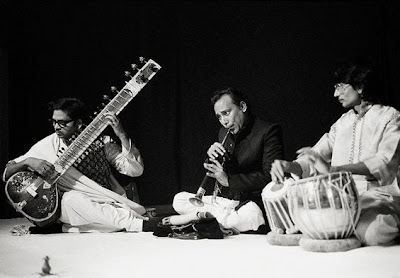


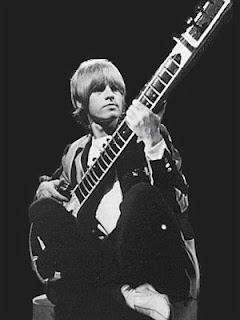

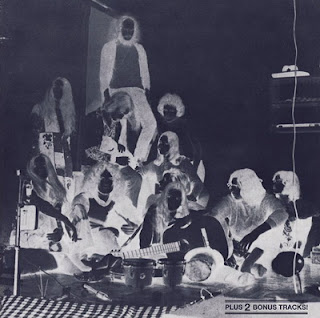





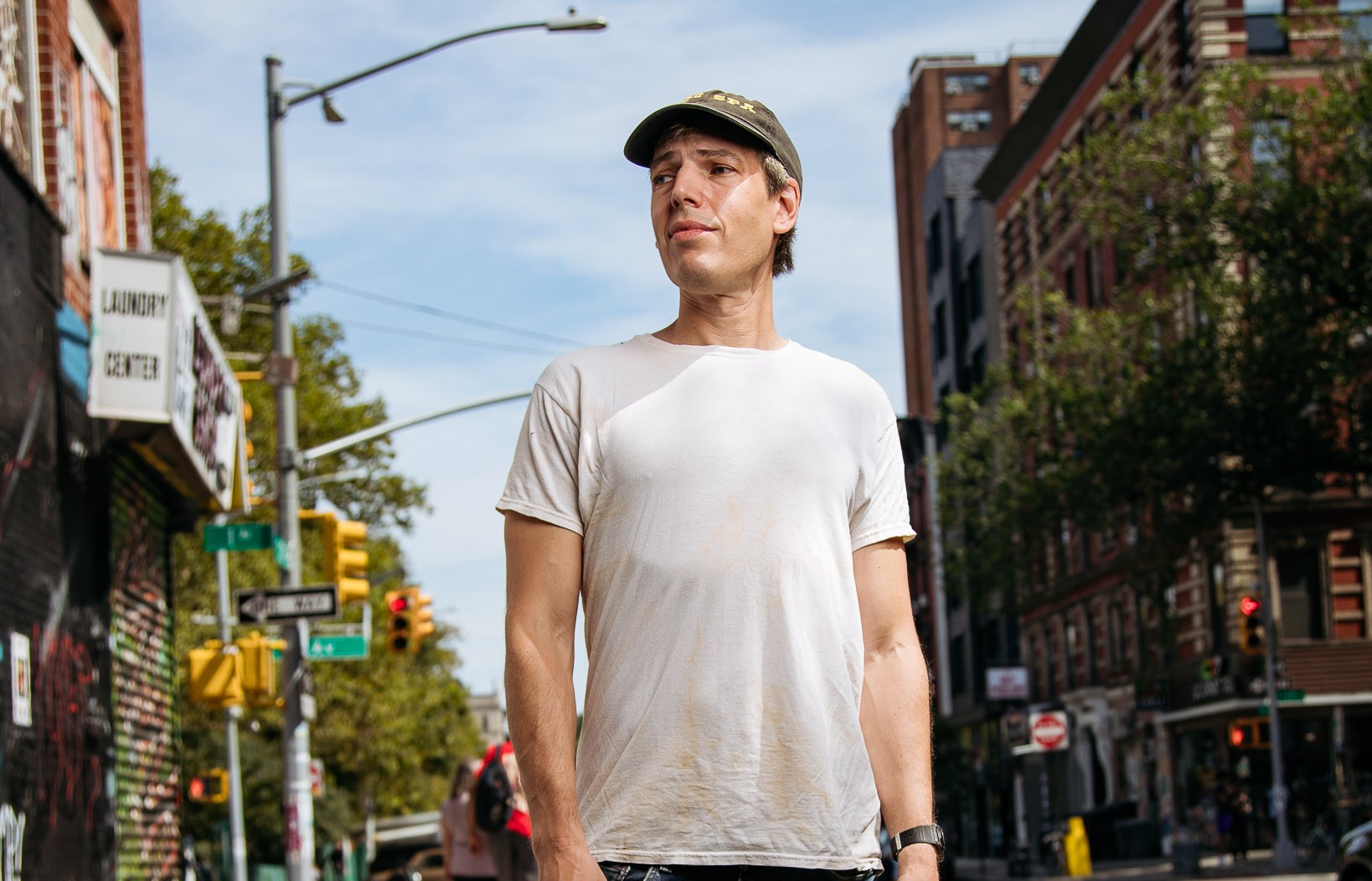
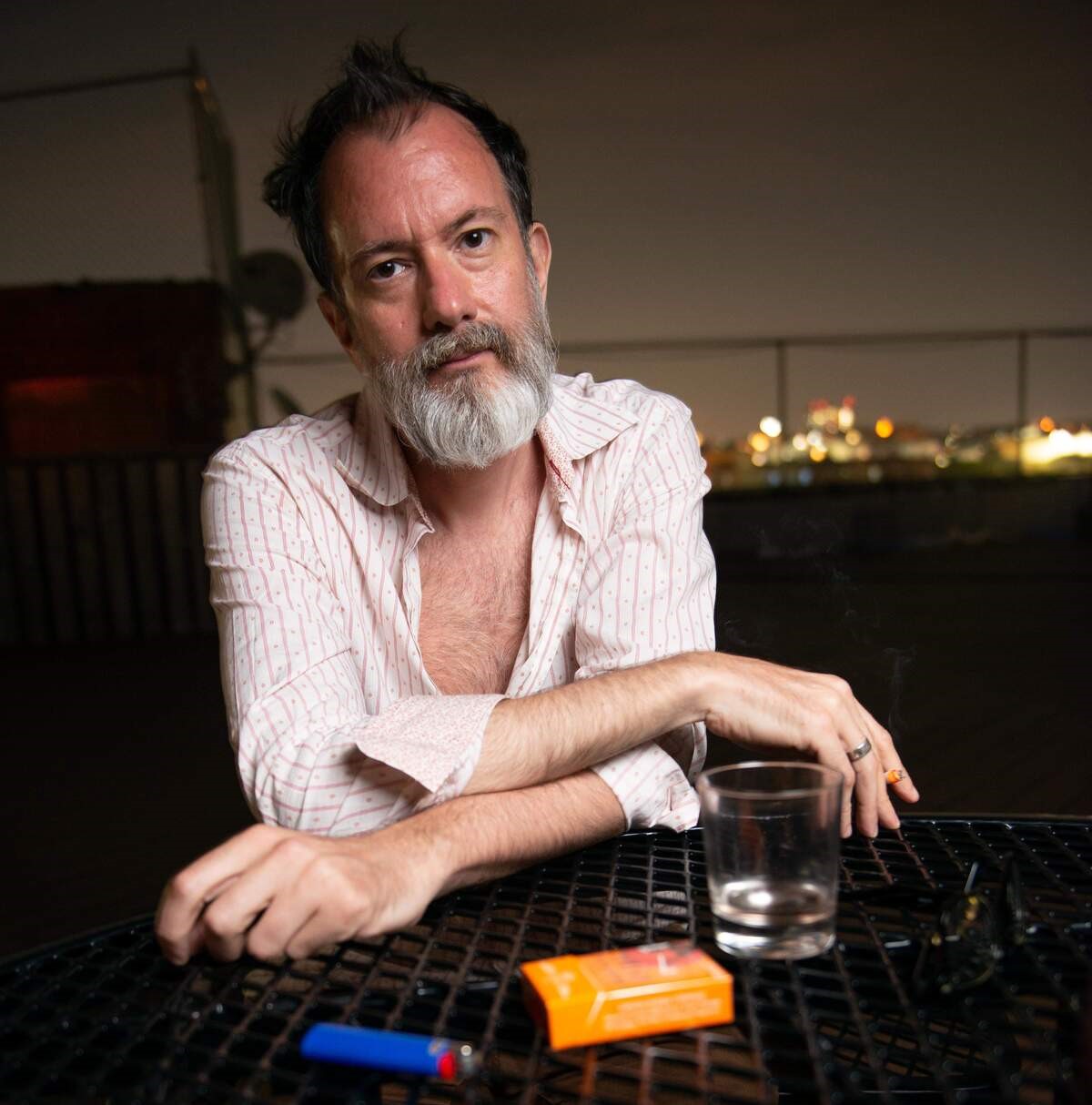

Great Post !
Many Thanks…..
….& Happy Psychedelic Lysergic New Year
Your words of inspiration hit home deeply with me. Thank you for sharing your story, your deepest thoughts and emotions. They will not be soon forgotten. Bless you for the gift of your words.
Hello friends.
Ringtones are trend for everyone. Ringtones are wary. Ringtones bring joyful melodies. Did your ringtone satisfy? Which phone do you have the best ringtone? I will introduce you to the most popular tunes in 2018, you can refer and leave a review for us.
Here are the top 5 ringtones that are loved by 2018, please install the ringtone by following the instructions below:
– Tera Fitoor ringtones
– Ya Lili ringtones
– Pilla Ra ringtones
– Rx100 ringtones
– Paniyon Sa ringtones
I need your comment. Free ringtones fongr people around the world. You can visit my homepage to learn and reference more ringtones: https://ringtonesmobile.net/